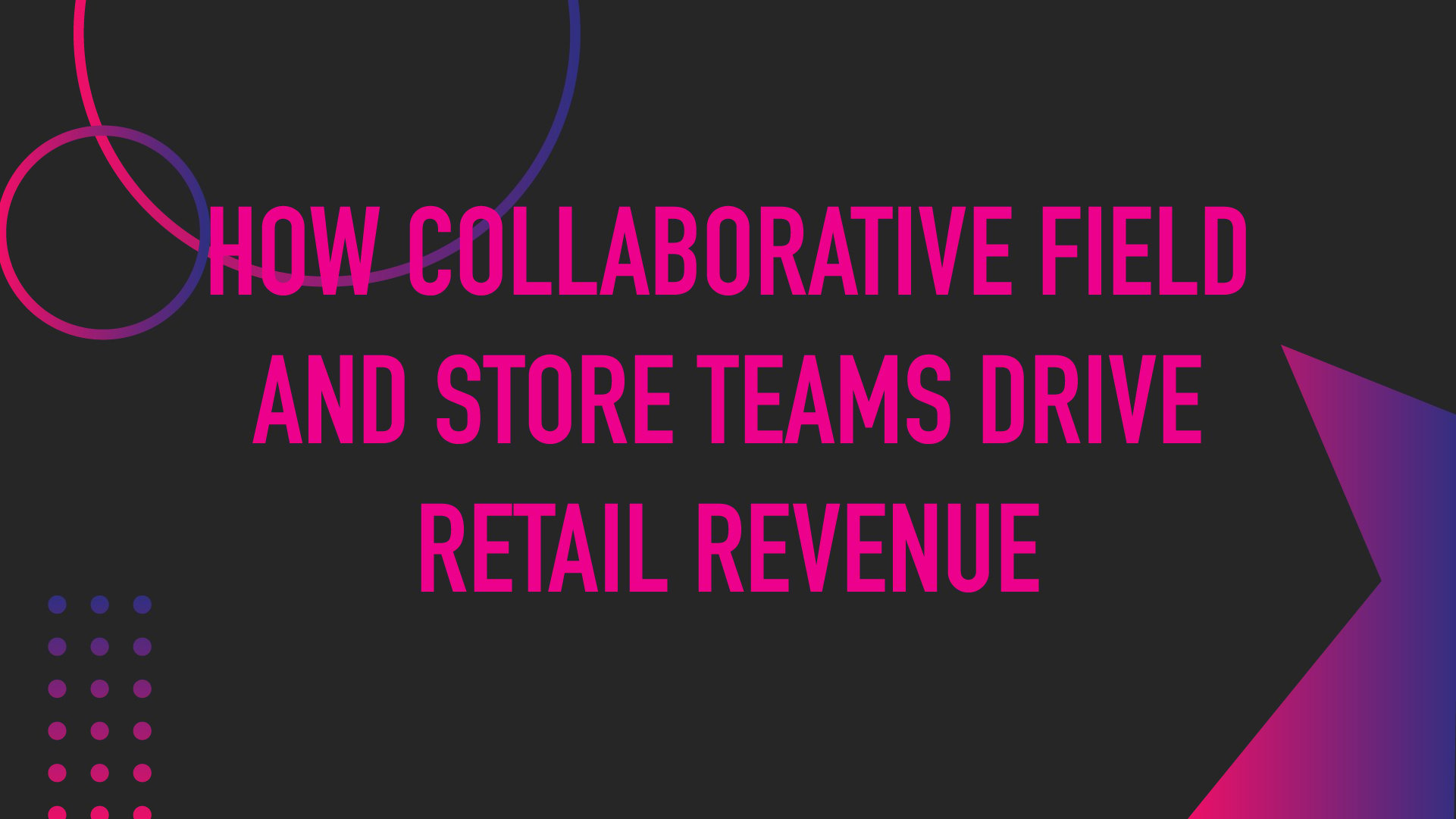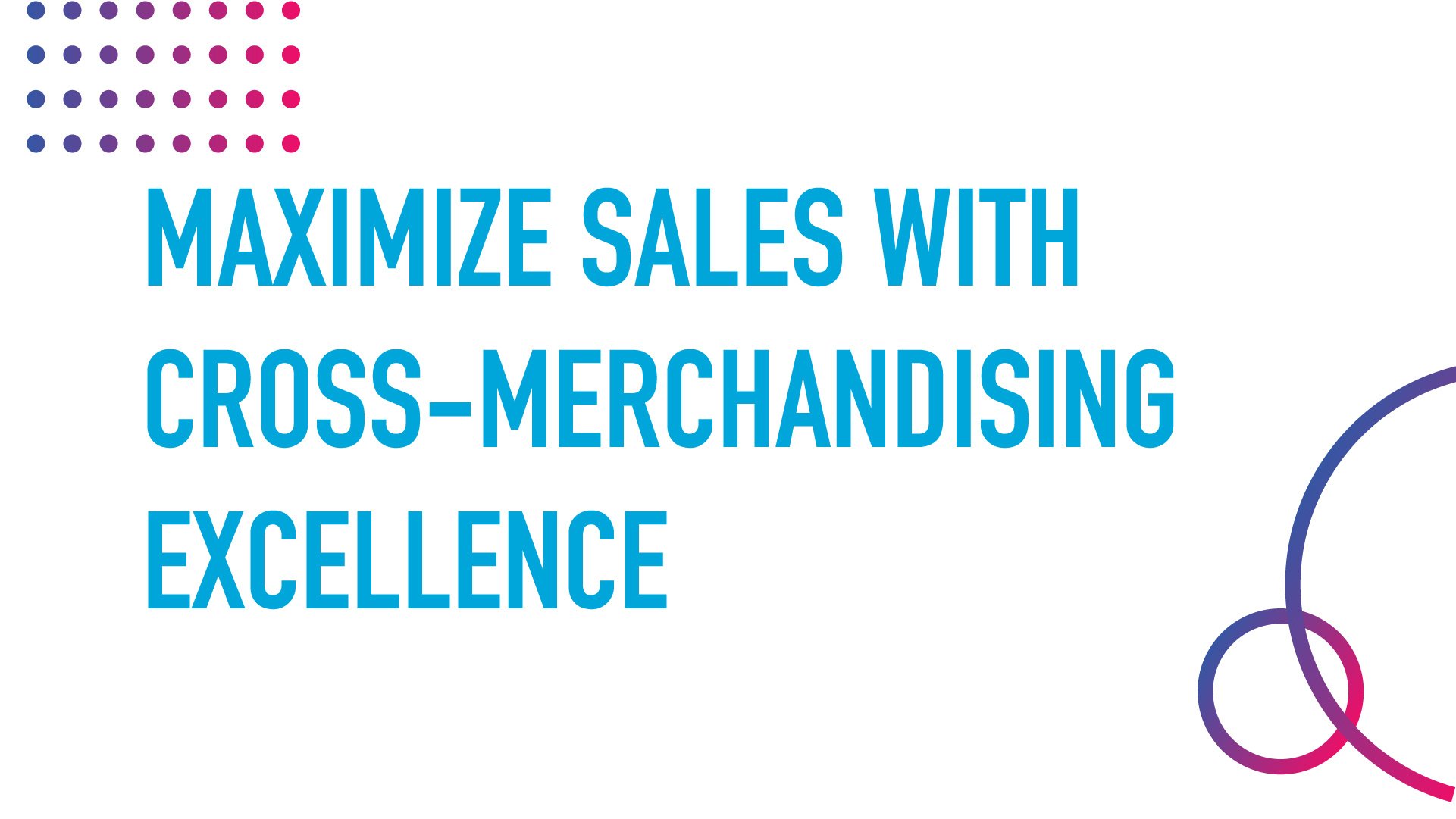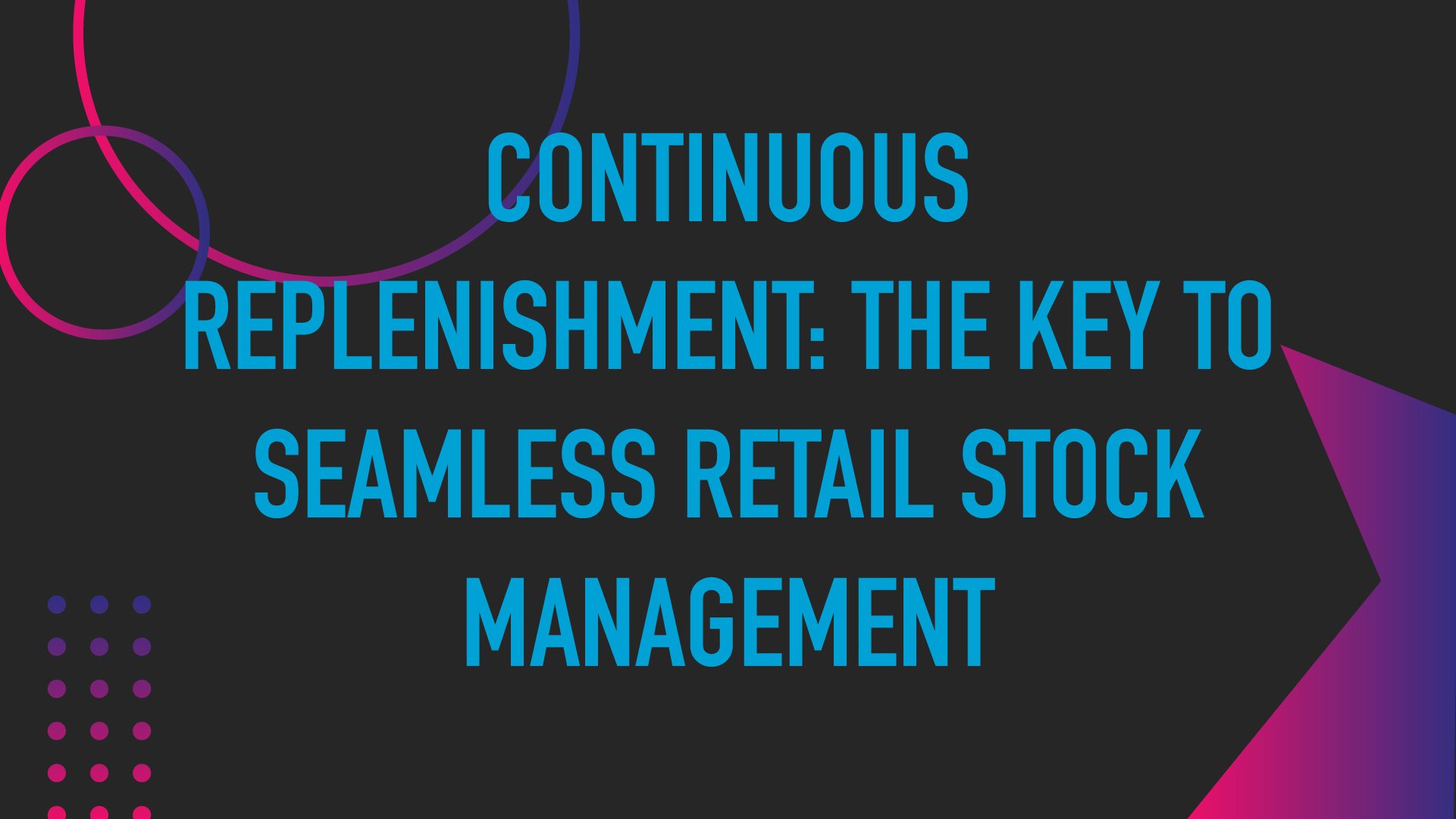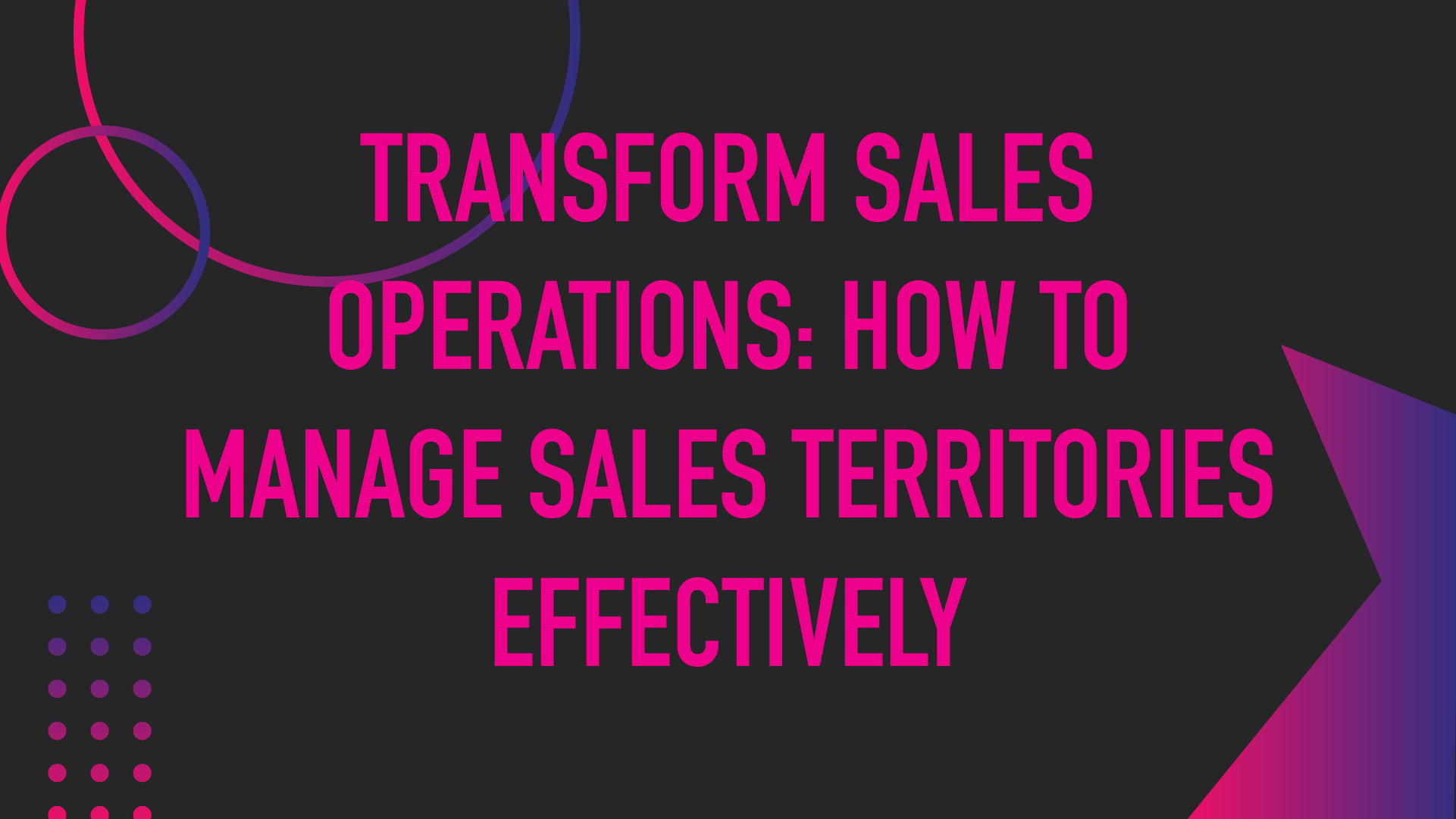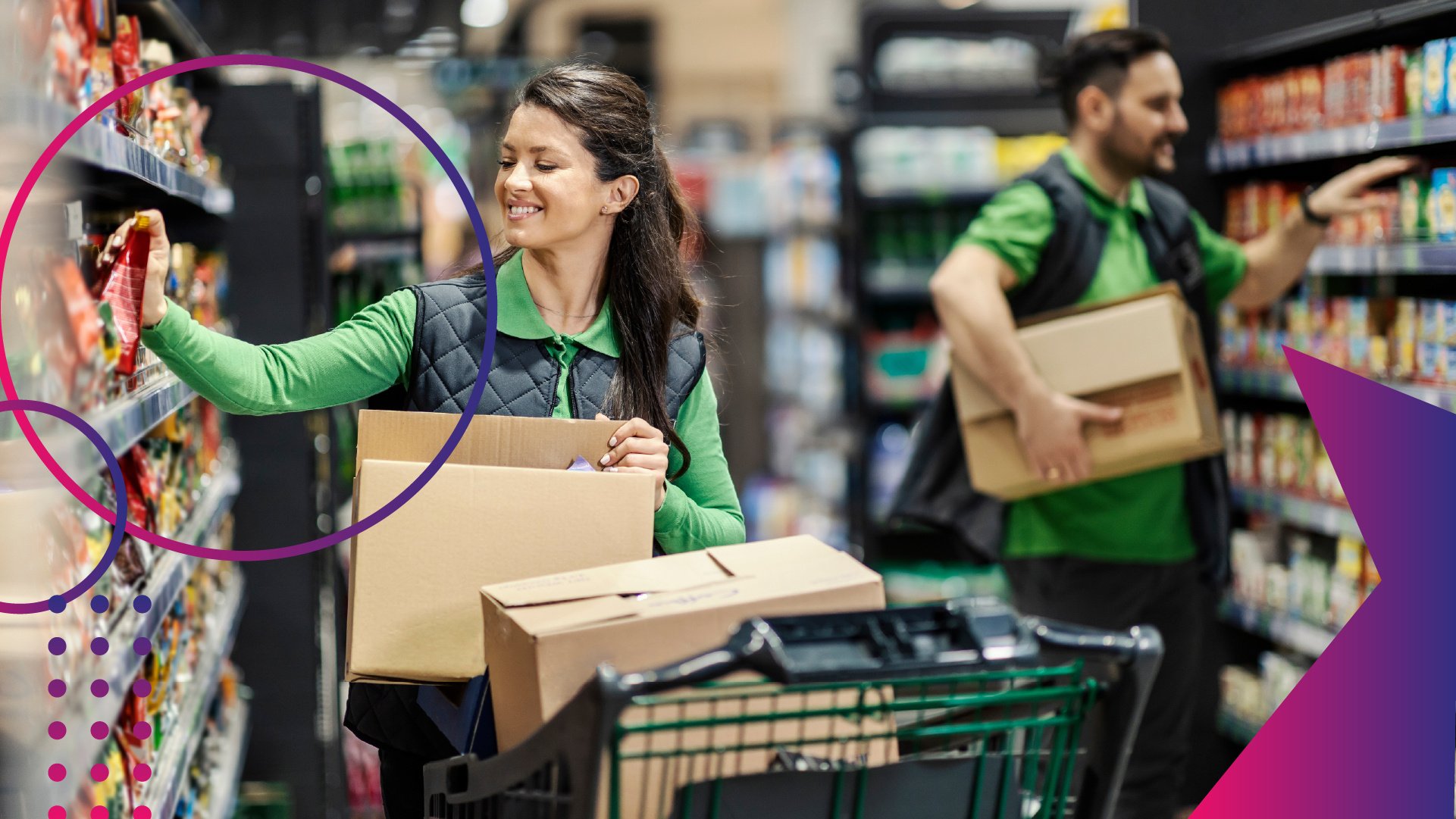Phygital Retail - Getting It Right Requires Workforce Elasticity

Could the evolution of elastic labor enhance in-store customer experience? It might be required.
Nothing accelerates the pace of change like a global catastrophe. The ongoing pandemic has highlighted gaps in systems and growing concerns over wobbly supply chains. We can’t talk about changes to the retail space in 2022 without discussing the profound effect that the Covid pandemic has had on the way we do business.
The pandemic-era, phygital age is here, bringing with it the marriage of a concierge-style customer experience and enhanced digital functionality. Getting it right means adapting to an entirely new way of thinking, with improved workforce elasticity.
What is phygital retail?
Phygital retail is a continuation of the types of experiences that omnichannel, multi-channel, and holistic retail implemented in an effort to engage more fully with customers.
Today’s consumers live in the liminal space of digital and physical retail, a trend enhanced by rolling lockdowns of the past two years. Consumers still want to shop in store, but they also want to take the time to research their choices. Maybe they order online and pickup in store — the interaction at all stages of this transaction is phygital retail.
Phygital retail answers the call for a more personalized digital experience in a streamlined, responsive physical space.
But just adding an in-store queue for online order pick-up isn’t enough. The best phygital retail experiences mean focusing on three “I’s”:
- Immersion: The consumer is deeply involved in the transaction (the idea of experiential retail).
- Immediacy: Consumers can choose what they want, when they want it, how they want it.
- Interaction: There is an opportunity to physically interact with products.
Though phygital retail is impactful and meets the consumer’s desire for more from brick-and-mortar stores, it requires a clear path of implementation and better labor models to fulfill its promise.
Benefits of phygital retail
Better brand awareness, consumer trust, and loyalty
Phygital retail is all about building a relationship with consumers, and nothing does that better than an impeccable customer experience, starting with the digital interaction and ending with the physical transaction.
Warby Parker pioneered the “click and mortar” concept in 2013 with tools to help consumers try on designer eyewear in their own home (or reserve it in-store). As their brand awareness spread through social media, their sales have grown 45% in the past two years. Their phygital strategy over the pandemic has resulted in a 23% increase in active customers, too.
Improved customer experience
Consider Chanel’s AR experience, with customers reserving styles on their app and trying them on in store. This is the perfect example of a brand that combines easy digital tools with an in-store boutique customer experience that provides personalized service.
Whether digital or brick-and-mortar, the customer experience needs to be exceptional. The best phygital retailers use the best of both worlds to improve every aspect of the transaction.
Increased personalization
With personalization driving 15% of growth, you cannot afford to ignore this benefit of phygital retail. Digital tools help to capture an individual consumer’s preferences, allowing retail leaders to make better, more personalized recommendations.
Nike’s live store in Los Angeles and its speed store in New York provide tools for easy personalization that adapts to local trends and gives customers the option for no-contact pickup. This meets consumers where they are to make their buying experience personal and easy.
Stockout prevention
When digital tools coordinate with a brick-and-mortar, stockouts become a thing of the past. And this is more than just losing a sale or two. In a Harvard study of over 71,000 consumers, 31% said they’d leave the store instead of substituting an item that was out of stock. Others might buy a different brand or substitute an item, but this translates to approximately 4% in lost sales annually. For billion-dollar retails, that’s a $40 million dollar loss.
The challenges of phygital retail
Increased labor costs
With a tight labor market, retailers have been forced to budget for higher labor costs moving into 2022 (and beyond). A Conference Board report predicts the largest jump in wage growth since 2008, with an average of 3.9% increase in wages in 2022. Hourly workers, the heartbeat of the retail sector, are going to cost more.
More training
New hires and old hands alike will need more training to properly execute a phygital retail strategy. This training brings with it a few challenges of its own:
- Added retail labor increases costs to execute
- Strained necessary day-to-day retail store operations (e.g., merchandising, product replenishment, and customer care)
- Increased tracking of who’s trained and who’s not
- Longer onboarding times for associates and managers
Scheduling issues
Phygital retail increases the complexity of retail workforce scheduling for stores. With more people moving in and out of the store to handle in-store tasks that are not visible to the retail store leadership, it can be challenging to maintain Goldilocks-level staffing: not too many, not too few, but just right.
And from the brand perspective, failed phygital retail due to staffing challenges result in lost sales and poor customer experiences. This poor experience can negatively hurt brand reputation — the exact opposite of the promise of phygital retail.
What must change for more than a fad in phygital
Make the flexible labor model permanent
Seasonal labor is widely utilized in retail — now’s the time to make this practice year ‘round, using flexible labor modeling to bring in the needed staff outside of seasonal highs.
Utilize elastic labor
Elastic labor has revolutionized industries already such as UBER, Instacart, Fiverr and Taskrabbit. It is now that retail can and should find their way to leverage this model to build a cost-effective extended labor force.
Better collaboration
Retailers, the vendors that work in their stores, and third-party labor organizations supporting vendors need to collaborate better. By leveraging the already existing labor between these parties, phygital retail becomes more physically accessible for stores of all sizes.
Collaboration technology: advancing the elastic labor model
Advancing the elastic labor model means creating shared visibility with tools that help the three strands of the retail space — retailers, vendors, and third-party labor — work together.
Movista’s software is global and cloud-based, providing the best retail execution and workforce management solution to transform the future of phygital retail. Our software is the only platform where collaboration means that retailers, brands, service providers, and distributors are working together to refine the phygital customer experience, cut costs, lift revenue for all stakeholders, and improve on-shelf availability.
Retail execution and workforce management software that integrates seamlessly with tools for payroll can help retailers build a more elastic and flexible labor model. This workforce, and the companies who build it best, is the future in phygital retail.
featured content
featured content

The Importance of On-Shelf Availability in Retail: Why Keeping Items Stocked is Critical for Competitiveness in 2026
Learn why on-shelf availability is critical in today's retail store environment
